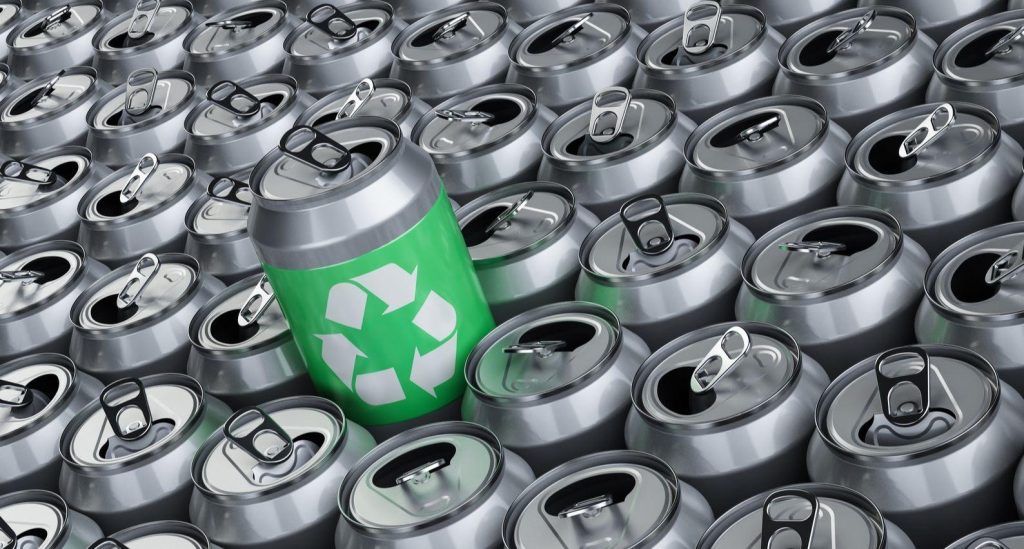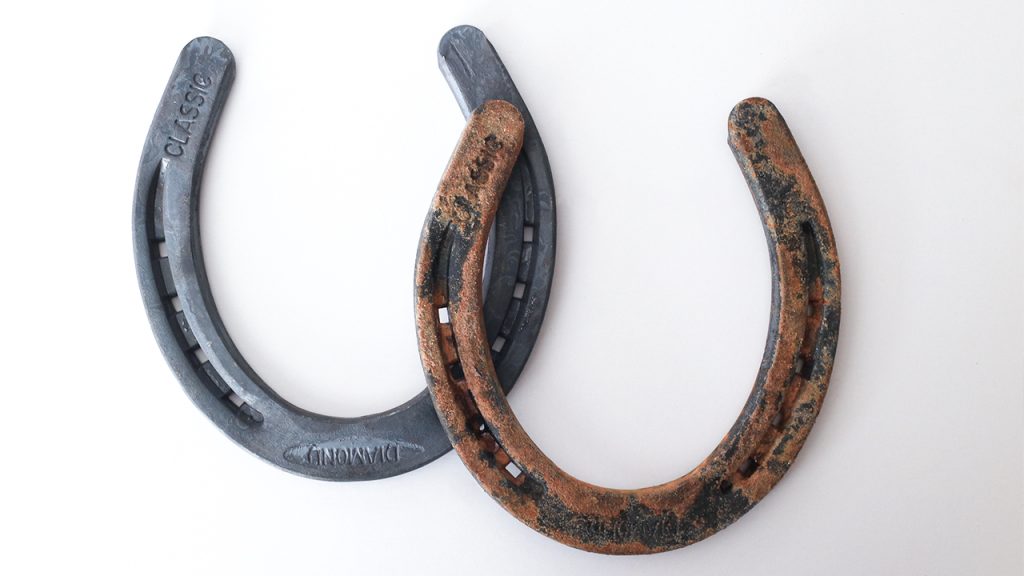What does, as a reader, strike when you read or hear aluminium and steel? They are just metals, right? However, the debate begins when we dig deeper to understand the metals and the qualities they offer.
In the current scenario, sustainability is paramount, striving for a greener future. Both steel and aluminium play a crucial role when choosing materials for construction, manufacturing or simply our everyday usable products. While steel has long been a dominant material, aluminium is increasingly recognised as a compelling, sustainable alternative.
Irrespective of the fact that both the metals have a look-alike getup, many factors differentiate both. Keep reading to unfold.

(Source: KIMSEN Industrial Corporation)
First things first: Breaking the stereotypes
Even after various proven theories, it is believed that steel is a more reliable metal in construction or other manufacturing processes than aluminium. Let’s first break down some of the common stereotypes:
- Aluminium, as a metal, is weak as it is lightweight. This makes people perceive the metal to be flimsy and unreliable for heavy-duty applications.
- While aluminium has a recyclability rate of 100%, most people are concerned about the energy required for the recycling process and the possibility of quality degradation after each recycling process.
- Last but not least, it is believed that aluminium production requires intensive energy, which significantly contributes to the carbon footprint.

(Source: Aranca)
Now, let’s see the bare reality behind these stereotypes.
- It is no lie that aluminium is lightweight but it’s still far from being weak. Modern aluminium alloys are incredibly durable and strong, posing with attributes surpassing steel’s sturdiness. There is significant evidence that manufacturing and construction industries use aluminium instead of steel.
- Aluminium can be infinitely recyclable and is the only metal impersonating such characteristics. No quality is lost during this process, making it a highly sustainable choice.
- Aluminium production does require intensive energy, it would be wrong to say that it contributes to carbon footprint. This is because of the significant advances that have taken place within the industry, where only renewable energy sources are used.

(Source: AluK India)
Now, let’s explore some common differences between steel and aluminium. From here onwards, the discussion shall shed light on how aluminium is a more sustainable choice than steel.
Let the weight talk
Imagine, you have a bar of steel in one hand and aluminium in the other, which one do you feel would weigh more? That’s right, steel, if compared, is harder than aluminium. This provides an edge leaning towards aluminium in terms of everything. This lightweight metal makes it easier to transport, reduces shipping costs, and is highly economical and sustainable for every industry. On the other hand, the high steel weight, mainly due to increased carbon content, questions its overall durability.
Corrosion resistance, what’s that?
Corrosion resistance refers to the ability of a material to prevent damage from corrosion. The corrosion rate in aluminium is much lower than in steel due to lack of iron content. Increased iron content in steel results in rusting, which is not the same for aluminium. Aluminium does not rust, making it 100% recyclable and a sustainable choice. This is one of the significant reasons why different industries choose aluminium over steel, especially in construction nowadays.

(Source: Mountain Modern Life)
Cost dilemma: what’s the secret?
When choosing a material, it is essential to consider its weight and strength, but the price is usually the deciding element. Compared to stainless steel in terms of weight, aluminium can appear pricey. The weight of aluminium is around one-third that of stainless steel. Aluminium costs more than stainless steel for the same weight, but it is less expensive for the same volume. Irrespective of this, aluminium is a cheaper option than steel because it lasts long and is sustainable, creating benefits in the long run.
Conclusion: Aluminium and steel, though similar in appearance, differ significantly in their properties and applications. Aluminium is a sustainable alternative, offering lightweight strength, superior corrosion resistance and infinite recyclability without quality loss.
Advancements in production using renewable energy further enhance its eco-friendliness. While steel has been a long-standing choice, aluminium’s efficiency in transportation, durability, and long-term cost benefits make it a compelling option across industries. As industries prioritise sustainability, aluminium emerges as a forward-thinking material that meets modern demands without compromising strength or performance.





